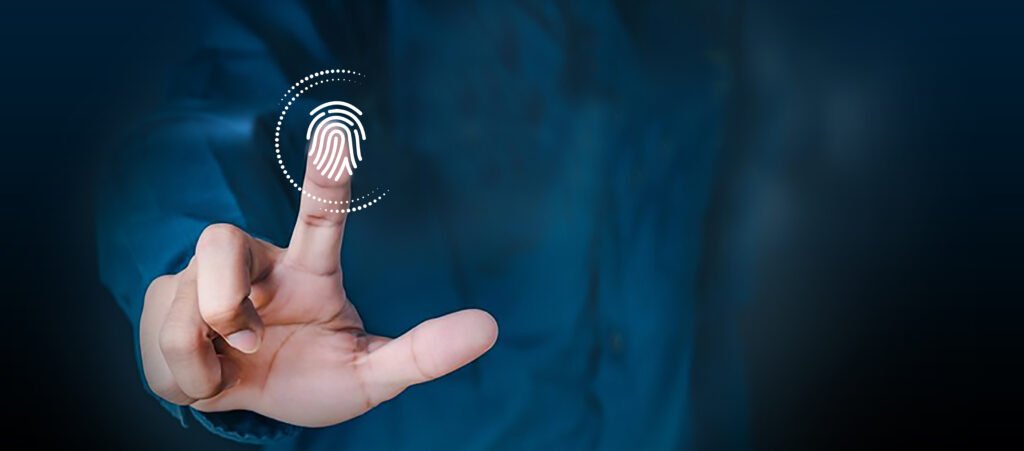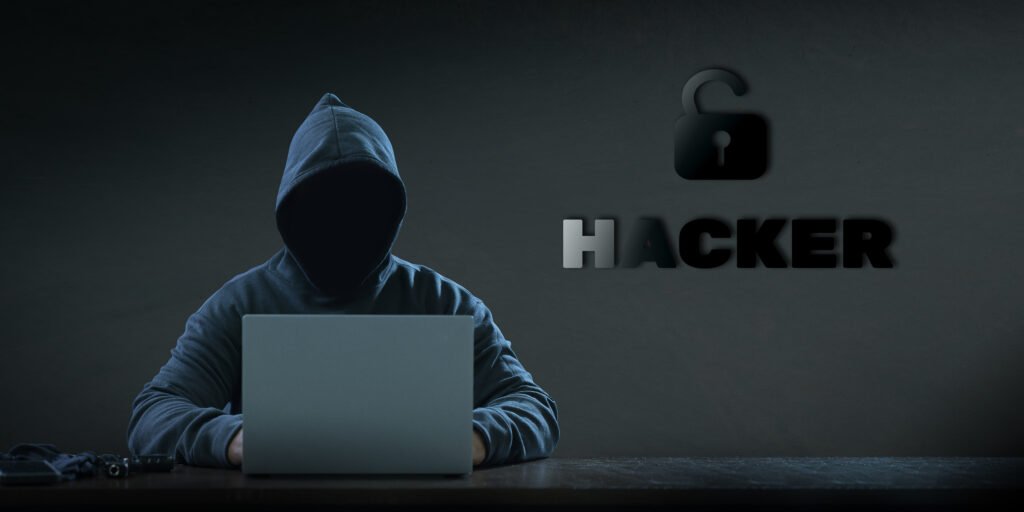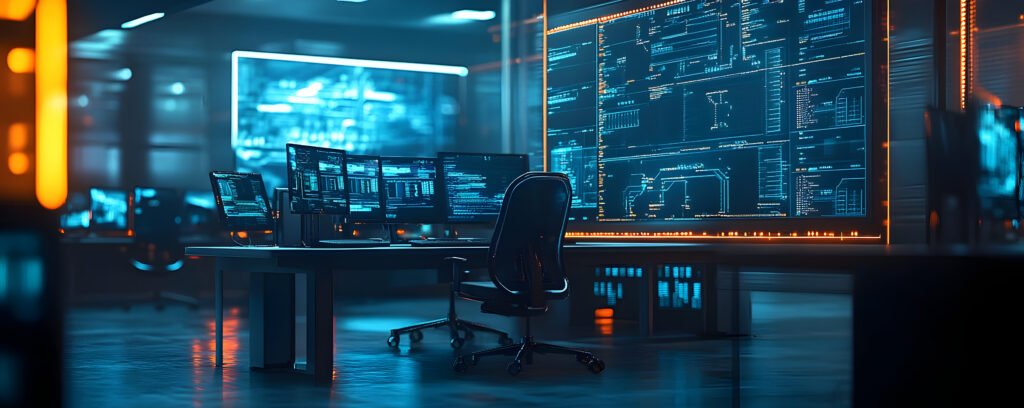Managed Security Services What You’re Missing Out On
Managed Security Services What You’re Missing Out On INTRODUCTION As the ever-changing nature of cyber threats expands, companies of all sizes are constantly under the gun to safeguard their data, infrastructure, and online assets. The majority, however, have no idea what’s in store for them with Managed Security Services. The services have become a requirement for companies that need to keep one step ahead of cyber attacks, mitigate security threats, and stay compliant. In this article, we explore what Managed Security Services are, why they’re important, and what you’re missing out on if you have yet to implement them. What Are Managed Security Services? Managed Security Services (MSS) are third-party cybersecurity services offered by an external vendor, or Managed Security Service Provider (MSSP). The vendors provide 24/7 monitoring and management of the security system and devices. Services can include: Firewall and intrusion prevention management Endpoint security Threat detection and intelligence Security Information and Event Management (SIEM) Vulnerability scanning Incident response and remediation Rather than using in-house staff that can lack experience or are thinly stretched, Managed Security Services employ an experienced team who utilize sophisticated tools to protect your business. Why Are Managed Security Services Important in 2025 2025 is seeing a record tide of cyberattacks—ransomware, phishing attacks, DDoS attacks, and insider attacks are becoming wiser by the minute. Conventional security frameworks simply don’t cut it anymore. That’s why Managed Security Services are essential: 1. 24/7 Monitoring and Support Cyber threats don’t follow a 9-to-5 schedule. MSSPs provide around-the-clock surveillance of your digital environment, identifying and neutralizing threats before they can escalate. This constant vigilance significantly reduces your risk exposure. 2. Cost Efficiency Establishing in-house cybersecurity personnel is costly. From hiring trained experts to purchasing security software, expenses mount rapidly. Managed Security Services provide scalable solutions where you pay for only what you consume—cost savings without reduced protection. 3. Advanced Resources and Expertise Access MSSPs hire qualified experts with decades of experience from several industries. They also have advanced security resources, such as AI-driven threat detection and live monitoring. 4. Regulating and Compliance Support With stringent data protection laws such as GDPR, HIPAA, and DPDP Act of India, compliance is no longer optional. MSSPs assist you in fulfilling regulatory requirements with compliance-born solutions, extensive audit trails, and auto-reporting. Typical MSSP Services Let’s divide what an average Managed Security Services plan consists of: 1. Security Audits and Penetration Testing Regular audits uncover vulnerabilities, while ethical hacking mimics attacks to validate defenses. 2. Patch Management Automated patch deployment to patch known vulnerabilities and maintain software up to date. 3. Cloud Security Increasingly more firms migrate to the cloud, and MSSPs protect your cloud environment from unauthorized access and misconfigurations. 4. Endpoint Detection and Response (EDR) Security agents are installed on computers like laptops and servers to capture behavior and thwart threats. What You’re Missing Out On Without Managed Security Services If you’re not leveraging Managed Security Services, here’s what you’re missing: 1. Proactive Threat Prevention Aiding a breach to occur before taking action is reactive. MSSPs provide proactive protection measures. 2. Strategic Security Planning The majority of businesses are preoccupied with day-to-day business and overlook long-term security planning. MSSPs help in planning a strategy against your business objectives. 3. Peace of Mind Knowing that your systems are being watched 24/7 by professionals frees you to worry less about security and more about growth and innovation. 4. Rapid Incident Recovery Accidents do happen. MSSPs know your response time is rapid, which minimizes damage and downtime. Industries Benefiting from Managed Security Services All industries will benefit, but the first to follow are: Healthcare – To safeguard highly confidential patient information and comply with HIPAA standards. Finance – To secure transactions and avoid fraud. Retail – To secure payment systems and customer information. Education – To secure against ransomware and maintain student information. Government – For government safety and securing citizen information. Case Study: Why a Mid-Sized Retailer Switched to MSS One e-commerce company that took online payments experienced frequent phishing and card-skimming attacks. Following a partnership with an MSSP: Threat events fell by 75% within 3 months Downtime was maintained at close to zero Customer trust and brand reputation were greatly enhanced Selecting the Right MSSP Prior to making your decision, ask yourself: Do they have expertise in your business? Are they compliant with governing regulations? What is their mean response time to incidents? Do they scale services with your growth? Do they provide customized dashboards and reports? Future Managed Security Service Trends 1. AI-Based Threat Intelligence Machine learning will anticipate attacks before they occur. 2. Extended Detection and Response (XDR) A converged solution that integrates EDR, SIEM, and analytics. 3. Zero Trust Architecture Don’t trust, verify—is what this architecture will now be all about. 4. Cybersecurity as a Service (CSaaS) Security delivered like SaaS—fully managed in the cloud. Cybersecurity is no longer a luxury—it’s a necessity. As threats multiply in number and complexity, Managed Security Services are the sensible choice for organizations seeking strong, cost-effective, and future-proof protection. By associating with a trustworthy MSSP, you not only protect your organization from imminent attacks but also get to tap into a goldmine of strategic benefits—anywhere from compliance to competitive advantage. Chapter 8: Other Benefits of Managed Security Services 8. Single Security Platform Managed Security Services integrate all the tools and dashboards into one unified platform. Rather than switching back and forth among a number of tools for endpoint security, firewalls, antivirus, and logs, MSSPs provide a single console where everything is being monitored and managed. An integrated approach provides more visibility, makes reporting easier, and enables quicker response to anomalies or threats. Organizations remain in total control with no clutter and wastage of time working with multiple security solutions. 9. Ongoing Vulnerability Management Cybersecurity does not fall into the set-and-forget category. Vulnerabilities are constantly emerging with new exploits, misconfigurations, and human mistakes. MSSPs provide ongoing vulnerability scanning, patch management, and configuration auditing. MSSPs regularly update software, systems, and firmware to keep them secure
Managed Security Services What You’re Missing Out On Read More »











